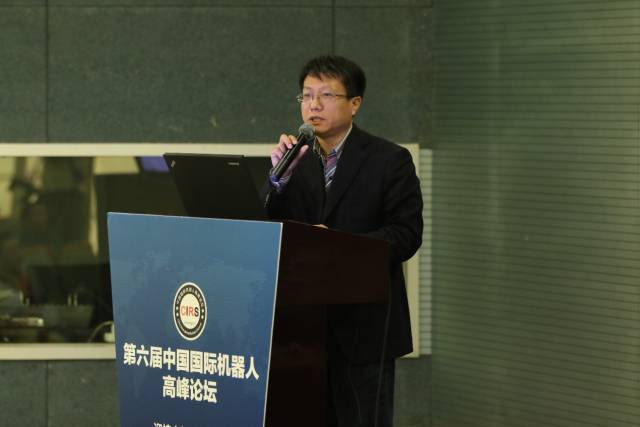
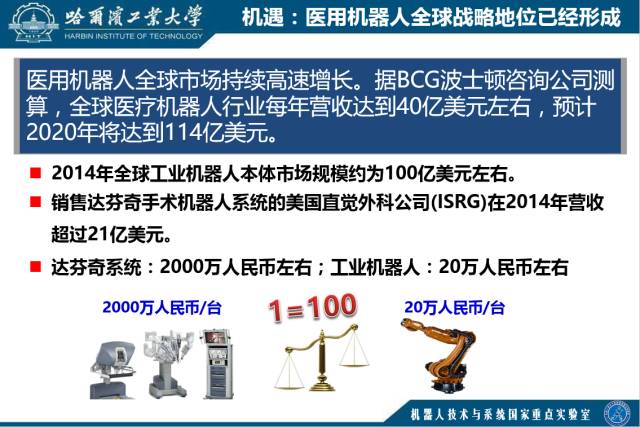
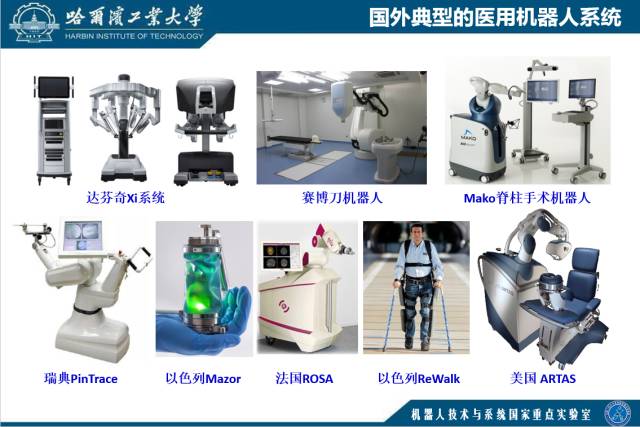
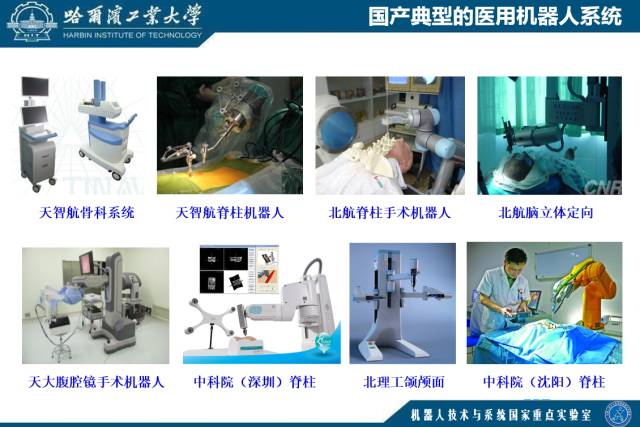
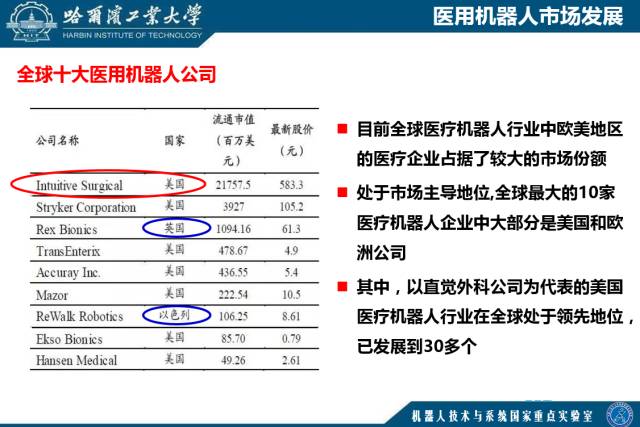

For more exciting content, please click
Prepared and ready, swimming against the current
Tang Xiaoping: Towards the Next Generation Servo System for Intelligent Robots
Service robots accelerate popularization, and local brand advantages will become prominent
Robots appear again in shopping malls, aiming to upgrade consumer experience
